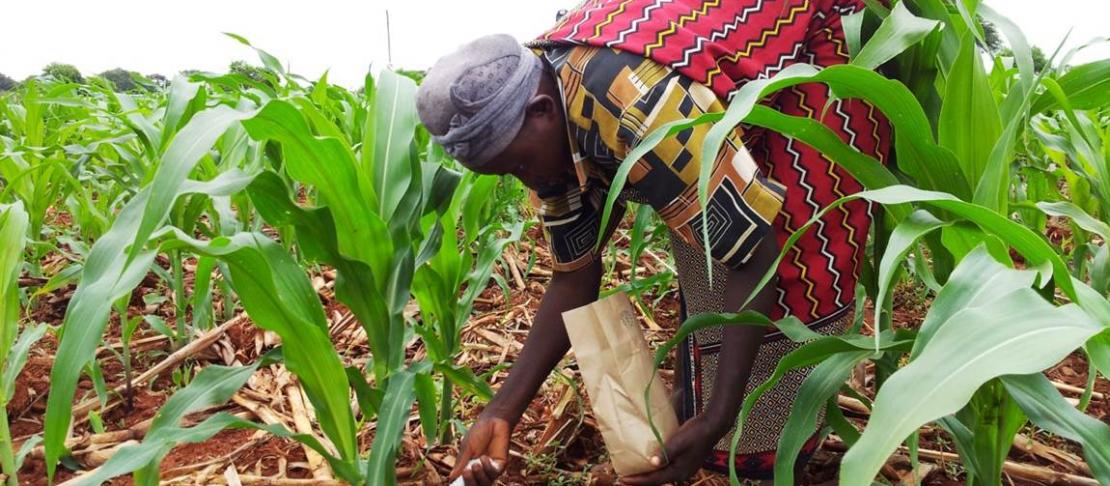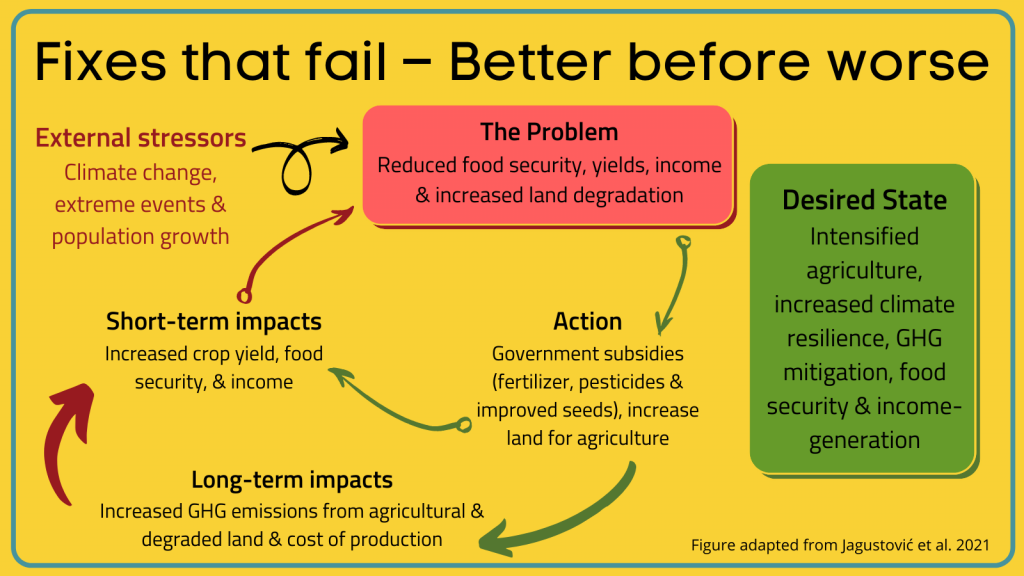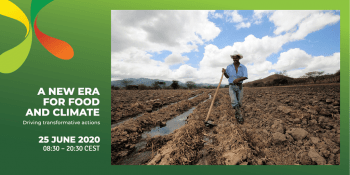Do food system trajectories get better before they get worse with climate-smart agriculture?

Food systems are currently facing simultaneous threats: more frequent extreme weather events, population growth, expanding yield gaps, and so forth. Considering these challenges, climate-smart agriculture (CSA) has been initiated as an integrated approach that introduces context-specific technologies and practices into food systems.
However, synergies and trade-offs may emerge over time within and between different CSA goals. Synergies positively contribute to reaching CSA goals as progress towards one goal contributes to or accelerates the progress toward other goals. The trade-offs, however, occur when the efforts needed to reach one goal undermine or limit the potential of reaching another goal.
When the solution is the problem
Trade-offs and synergies within and between desired outcomes point to a “fixes that fail” archetype. Solutions, or “fixes,” meant to alleviate the symptoms of climate change vulnerability (i.e., low maize yield/productivity, frequent loss of yield, poverty) result in short-term synergies that alleviate the symptoms (e.g., improve yield, production, household food availability).
However, over time, the solutions produce unintended consequences, observed as trade-offs, such as biomass overharvesting, increase in agricultural land and GHG emissions, and short-term adaptation and resilience outcomes. Post-2035, reductions in yield and food availability will cause the symptoms of the original problem to resurface or get worse. Continuous application of the same or similar “fixes” leads to a “better before worse” situation where the problems are alleviated, but only for a brief period before returning with vengeance.
Examining the Climate-Smart Village approach
CSA has been applied to the Climate-Smart Village (CSV) approach established by the CGIAR Research Program on Climate Change, Agriculture and Food Security (CCAFS) to understand CSA’s system-wide impact and inform the scaling-up of sustainable practices. This is necessary to identify and understand the interdependencies of context-specific, socio-economic and environmental elements of food systems and their dynamics.
With this in mind, Wageningen University and Research (WUR) and CGIAR researchers developed a systems dynamics model to simulate short- and long-term dynamics between 2011 and 2060 in the Lawra-Jirapa CSV located in Northern Ghana, under the current practices, technologies, policies, and trends of population growth, extreme events, and climate change impacts. The model also considered six dynamic aspects of the CSV system:
- population dynamics;
- biomass demand and production;
- land-use changes;
- maize production and CSA practices and technologies;
- maize gross profit; and
- greenhouse gas (GHG) emissions.
These aspects are significantly interconnected and the effectiveness of each is dependent on the function of the others.
One step forward, two steps back
The results of the analysis indicate that the dynamics between elements within and outside the CSV led to short-term progress that increases income and productivity. Alas, the results also indicate that trade-offs exist in the long-term with respect to GHG emission reduction and the achievement of the climate adaptation and resilience goal. The authors suggest that GHG emissions can increase in the long-term because more land is converted for agricultural use and an increased use of biomass and agricultural inputs produces GHG emissions that exceed sequestration rates by 2028 in the CSV.
Post-2035, the trend is variable and shows a decline in maize yield, production, and profit indicating trade-offs related to increasing climate adaptation and resilience. The use of inputs saw an increase through a government subsidies program, which leads to short-term growth in maize yield but only in years where there were no extreme events (e.g., irregular or intensified weather events). Increasing climate risks and extreme events reduces the effectiveness of inputs, indicating that adaptation practices and maize promotion technologies will not effectively address these risks in the long-term.
Solutions that stick
These results highlight that the current food system in the Lawra-Jirapa CSV is not resilient to future climate change, extreme events, and socio-economic changes. They also indicate that any short-term “solution” should be implemented in combination with efforts to redefine the purpose and structure of the food system to bring about a paradigm shift, resulting in transformational changes.
A shift in farmers’ shared ideas, tacit assumptions, and beliefs about the food system in Lawra-Jirapa could result in a paradigm shift and create opportunities to revisit the food system's goals and structure. Systems thinking tools can facilitate this paradigm shift by showing stakeholders a different long-term perspective of the system and enable them to view the system in all its complexity.
Agricultural solutions developed to adapt to and mitigate the effects of climate change must consider potential long-term impacts prior to implementation. If the climate crisis is to be effectively overcome, then the solutions we develop now should aim to not create other problems.



